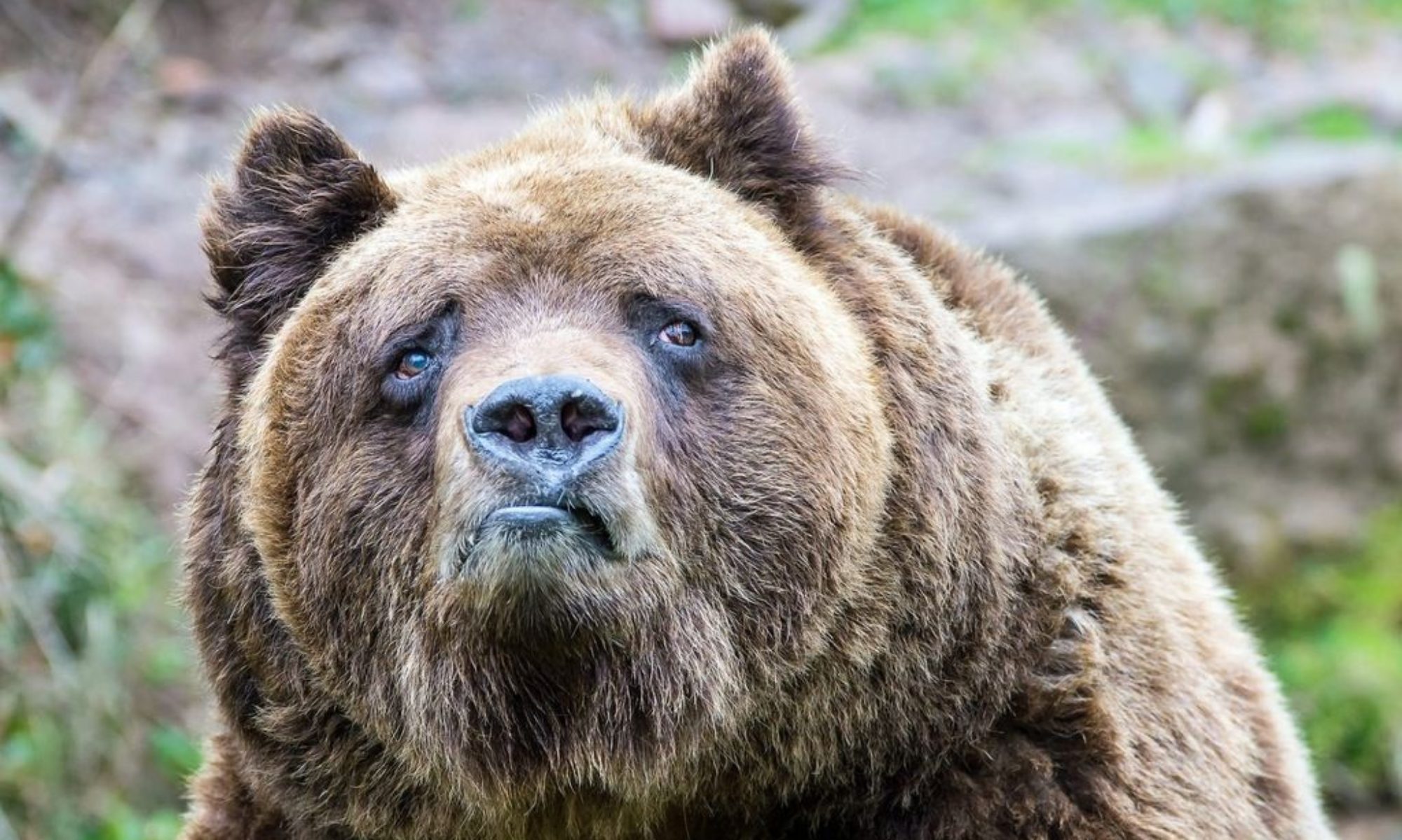
Since the day mankind has set foot on the Earth, they have hunted for food to survive. Since then, the human population has increased significantly, resulting in the overpopulation of the human race on earth. The extensive increase in human population numbers also elevates the number of animals perishing, to quench human hunger. The steadfast growth of the human population results in the need for more food, which can make it critically difficult for species to regenerate their high volume population. While poachers and licensed hunters make a significant impact, prominent businesses make matters more critical as they hunt on a significantly larger scale.
One of the largest factors that contribute to overhunting is the elimination of habitats. Deforestation has killed millions of animals, due to them losing their natural habitats, and not being able to find another suitable habitat. Entire ecosystems can be executed due to the act of deforestation. More than 13 million hectares of the Earth’s forest have been either transformed into residential or business districts or have been destroyed for other illegitimate means. It has been predicted by scientists and non-profit organizations who stand to protect deforestation, that the Earth’s forests will disappear by 2050 if we cannot decrease the degree of deforestation. Large predators are particularly vulnerable to habitat loss, as they are rare by nature, travel widely over a specific area, and reproduce slower than most animals. They are also persecuted as livestock predation, resulting in specific species such as leopards, cheetahs, and polar bears declining at an alarming rate.
There are several tribes scattered across the world that capture and sacrifice animals to practice their cultural and religious beliefs. Animals such as bison’s, bears and deers are commonly hunted by Canadian indigenous tribes, to sacrifice in cultural traditions. During the 19th century, the bison population had decreased significantly from 30 million to a few hundred left in specific areas. Many people hunted them for their skin and tongue, while the rest of the animal was left to rot, however, indigenous tribes slaughtered bison for traditional and cultural purposes. Tribes around the world such as the Massai tribe in Africa kill lions to establish their bravery, the Li ethnic group based in China sacrifices pigs to glorify the “Thunder God”. Collectively, the sacrificial tradition has a significant augmentation to the global issue, overhunting.
Fur-trading is an example of one of Canada’s oldest economic activities and has a great bearing on Canada’s history. Currently, the fur-trading business has become a large industry that contributes exceedingly to the Canadian economy and a stable job for many people across Canada, including Indigieounes tribe members. However, over 25 fur species in Canada have been registered to be trapped by trappers. This can rapidly diminish in many populations of species that are regularly trapped such as beavers and muskets. While provinces and territories regulate and monitor trapping regulations strictly, the population of species such as seals, rabbits, and beavers can decrease expeditiously.
